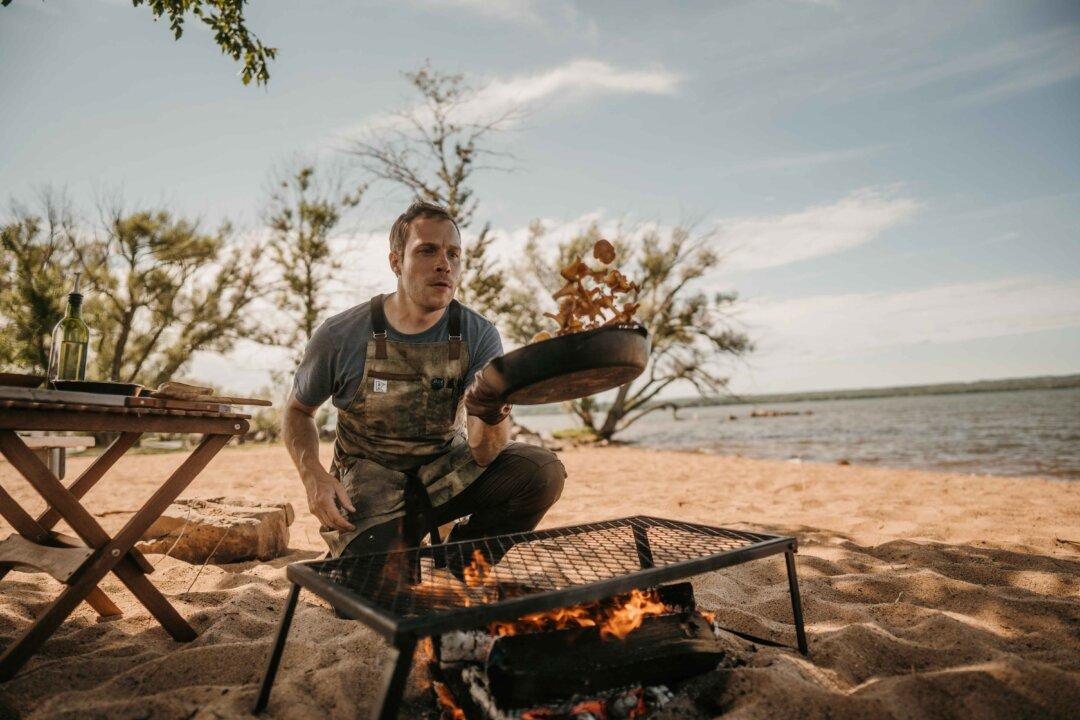When you work with wild food, says Alan Bergo, “you learn about a lot more than food.” For the Minnesota professional chef turned full-time forager, foraging expanded his horizons beyond what he even thought possible—and possibly saved his life.
Take the results of a recent rabbit hole of research: isirgan salatasi, a traditional Turkish salad made with raw stinging nettles (yes, those ubiquitous culprits of red, burning ankles). Though Bergo had long foraged the wild greens, he wasn’t convinced they were edible without cooking to neutralize the sting—until he found footage of Turkish grandmas harvesting them, simply bashing them with a rolling pin, and indeed, turning them into salad.






